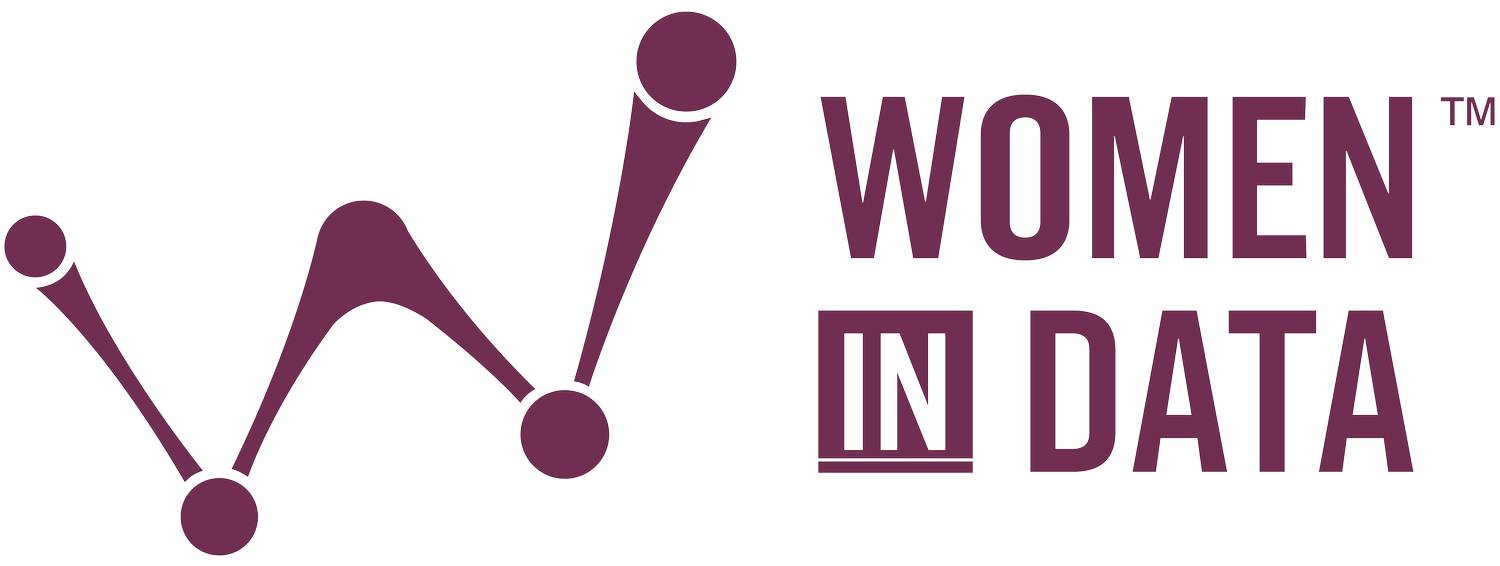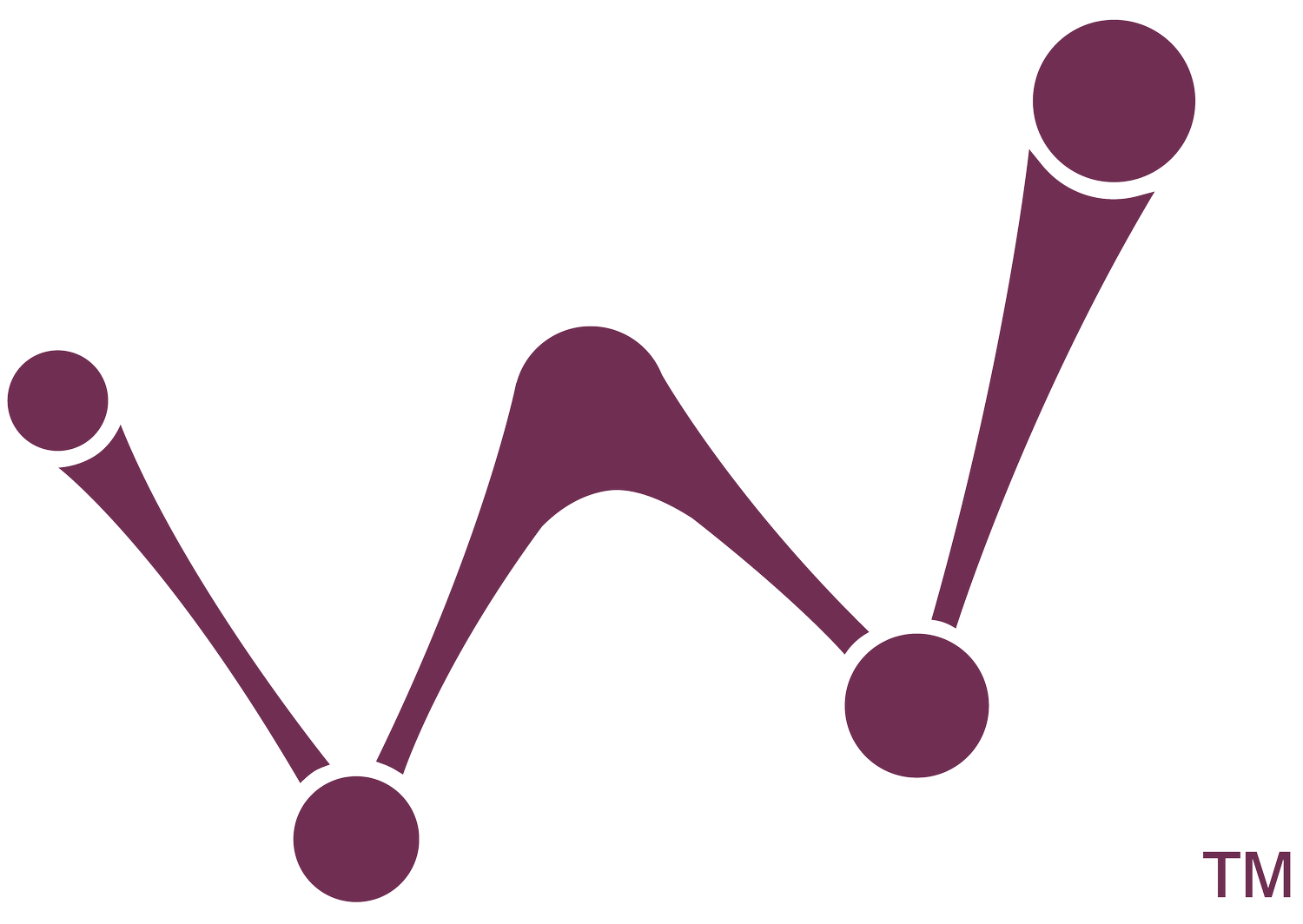Cupid's Arrow: the O.G. of Algorithms
By Avolyn Fisher
Let's take a look at dating in the U.S. by the numbers. There are approximately 54,250,000 single people. In fact, there are fewer married women than ever before, cue the Beyonce. When it comes to relationships, 20% of current committed relationships and roughly 33% of married couples met online. As for love, 71% of people believe in love at first sight.
WHAT IS AN ALGORITHM?
An algorithm is a set of steps or directions to accomplish a task. One of the simplest examples you might be familiar with is a recipe used for cooking, this is essentially an algorithm for making food. NASA uses algorithms to arrange satellites on the international space station; your cell phone camera uses an algorithm for facial recognition; even police officers are using algorithms to analyze crime data and predict where future crime will happen in what's being called CRUSH (Criminal Reduction Utilizing Statistical History) or predictive policing.
Dating sites use algorithms in order to match potential partners. If you've ever tried online dating, then you've most likely benefited from the matchmaking powers of an algorithm. OKCupid even sold their algorithm as part of an algorithm auction in New York. There's even a matching site for algorithms called Algorithmia, which attempts to match you with the right algorithm for the problem you are trying to solve. One of the most famous matching algorithms is the Stable Marriage algorithm.
The stable marriage problem involves using member rank and preference to determine best match. First, individuals rank each other. Then the highest ranking member gets first pick of choice in partner; that pattern cascades down the list in order of popularity, pairing each match based on highest preference. To see how this plays out, you can watch an explanation from The Secret Rules of Modern Living Algorithms. This algorithm is also used by academic institutions to match applicants with the right school and has been used to match doctors with medical residency programs. This algorithm was improved upon by Lloyd S. Shapley and Alvin E. Roth, earning them the Nobel Prize in Economic Science in 2012.
Dating sites have come under some criticism with scientists claiming that the algorithms used by the sites aren't that much better at predicting a good relationship match than random chance. One problem is that we don't have a matchmaking algorithm that can predict future circumstances, such as how two people might interact once they've actually met, or future health and income that often impacts the success of a romantic relationship. Another issue is that many dating sites gauge characteristics from a superficial level with questions, such as are you a cat or a dog person, and we don't always accurately represent ourselves on dating websites. Women most often lie about weight, physical build, and age. Men most often lie about age, height, and income. While there is some doubt surrounding the ability of an algorithm to match you for a long-term compatible partner, the research does suggest that algorithms are very good at helping you meet new potential partners.
The bulk of your love algorithm will be the rules you set in place on finding love. Some ideas include:
MAKING A LIST OF WHAT YOU'RE LOOKING FOR IN A POTENTIAL PARTNER
If you need a good laugh, Amy Webb has a Ted Talk on her experience hacking online dating which included a list of over 70 criteria she was looking for in a partner, and her intricate scoring system that was used to decide whether or not she would go out on a date with a guy. It is worth noting that 64% of respondents said having common interests was the most important quality in a potential partner.
PUT YOUR BEST FOOT FORWARD
When it comes to preferences, 42% of men prefer a modern career girl; 34% prefer the girl next door type, and 24% prefer the hottie. In contrast, 38% of women prefer nice guys; 15% prefer bad guys; 34% prefer a blend of both, and 6% are indifferent. When it comes to first dates, 30% believe personality is the most important factor; 23% say smile/looks; 14% say sense of humor, and only 10% rank career/education as most important.
Amy Webb also identified some trends for popular profiles and found that they tend to be around 97 words on average. Although smarter/brainier people tended to write more, this didn't always translate to more dates. Use optimistic language, and try not to name anything too specific. Aziz Ansari has hilariously made this point noting the difference between dating in the 90s to dating today, pointing out that a guy in 1993 may have been happy getting attention from an attractive woman in a bar; yet, today that same guy could come across that same woman online and find out she's a Red Sox fan and decide he's not interested.
THERE ARE TWO CHARACTERISTICS THAT MAKE FOR A GREAT ALGORITHM
1) Accuracy/Correctness 2) Efficiency/Speed. An ideal algorithm will work really well and really fast. Sometimes we sacrifice accuracy for speed because accuracy can increase the time an algorithm needs to run.
When it comes to long-term relationships, with the exception of an arranged marriage, most of us would agree that Cupid's arrow is not the most efficient algorithm. And perhaps divorce rates would suggest that we're not always accurate in choosing the right partner. Wait But Why has described the dilemma we face in our quest to find the right partner with a two part series that offers some advice on what that person might look like.
A common pitfall when coming up with algorithms is not properly identifying what problem you are trying to solve. When this happens, we either develop an ineffective algorithm or solve for the wrong problem. We often make this same mistake when it comes to finding love.
We might think we're looking for that butterfly feeling, or the wedding day we've pinned on Pinterest, and write an algorithm to solve for that. But, a long-term relationship or marriage isn't the honeymoon or the perfectly planned social media announcement it's, "day four of your 56th vacation together or having dinner for the 4,386th time."
HOW TO MAKE LOVE LAST: TAKING A PAGE OUT OF THE OL' NUCLEAR WAR HANDBOOK
Hannah Fry discusses this topic in her Ted Talk and offers some advice for married couples on how to avoid divorce. She offers the formula below that was identified to predict whether or not a couple would ultimately divorce with 90% accuracy. This formula depends on moods and how much the husband and wife influence each other.
She also notes, that this is the exact same formula that can be used to study what happens between two countries in an arms race. So, mathematically speaking, a couple who is spiraling into negativity is mathematically equivalent to two countries on the brink of nuclear war.
Now that we've explored the concept of algorithmic thinking and how it applies to finding love; hopefully, you have some ideas on how to improve your love algorithm (Cupid's arrow) for optimized speed and accuracy.
What does this all have to do with data, you might ask. Algorithms are the lifeblood of data science. They allow us to query our data and pull the information we need from a large data set. They also allow us to decipher what our data is trying to tell us. Just as algorithms are the science of computer science, algorithms are also the science of data science. Without algorithms, most of our data would be useless.




